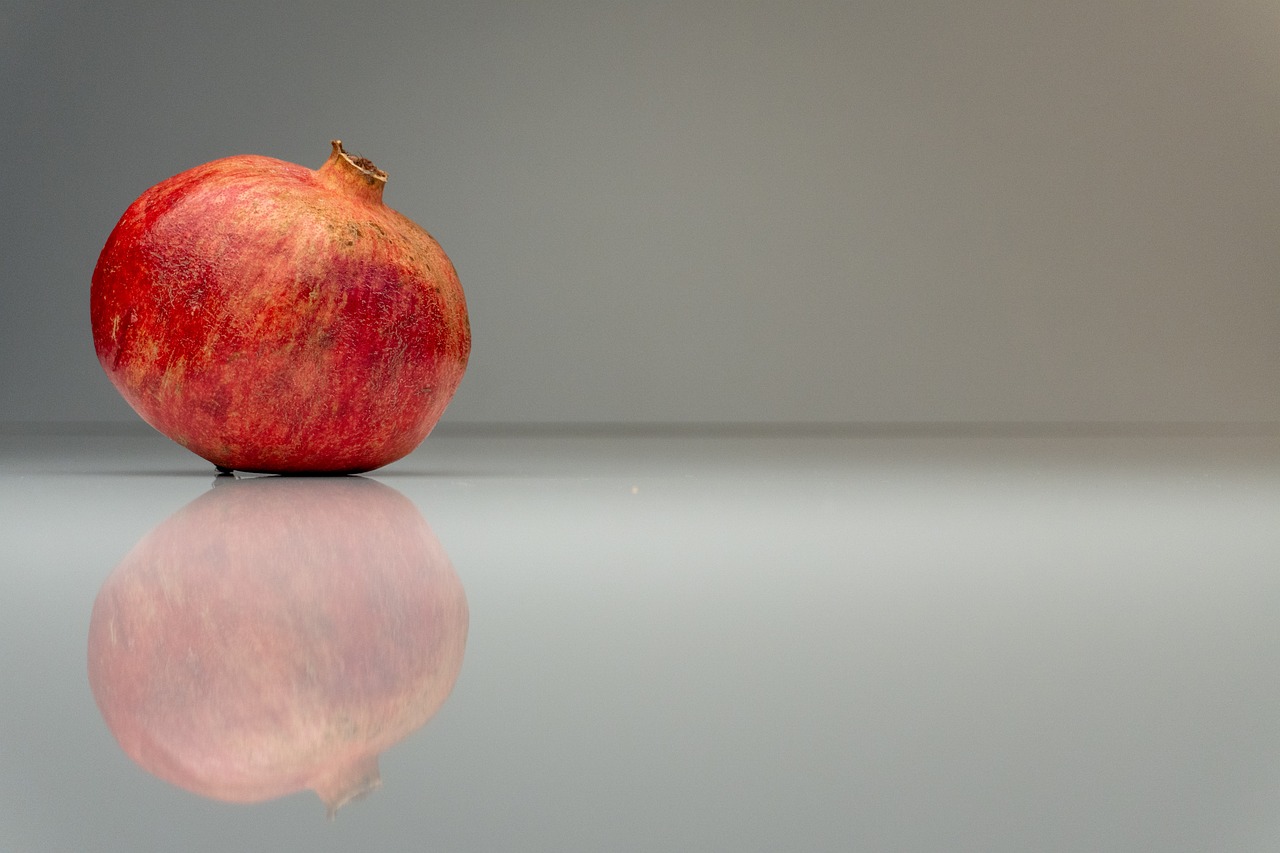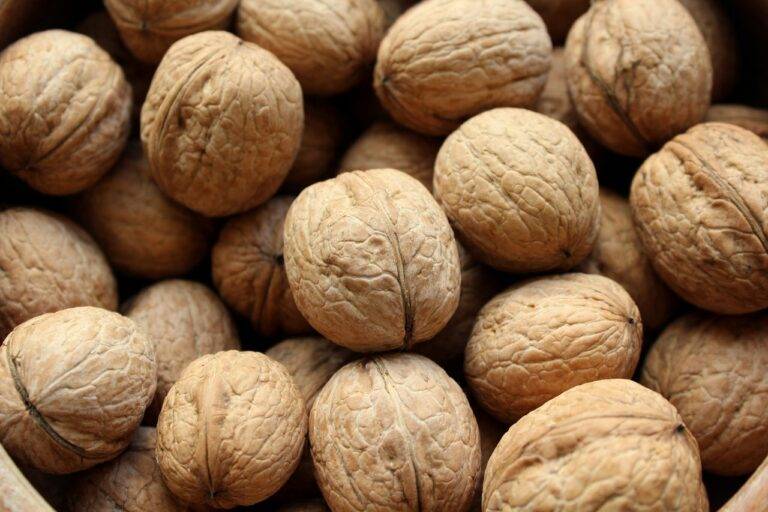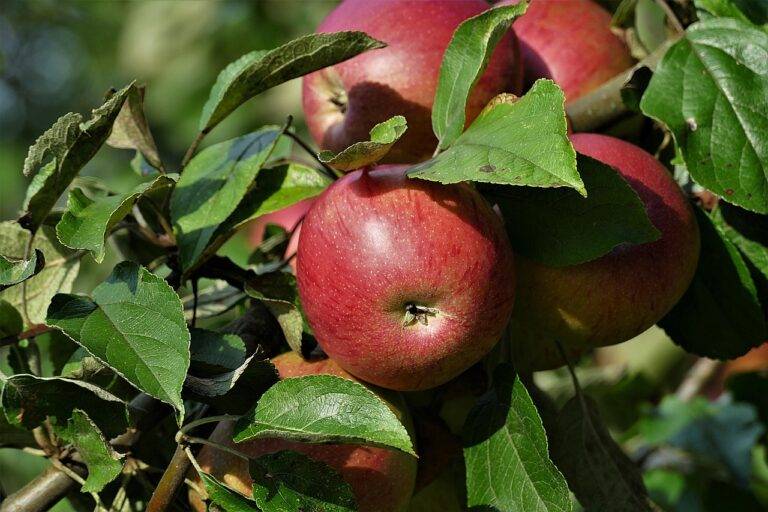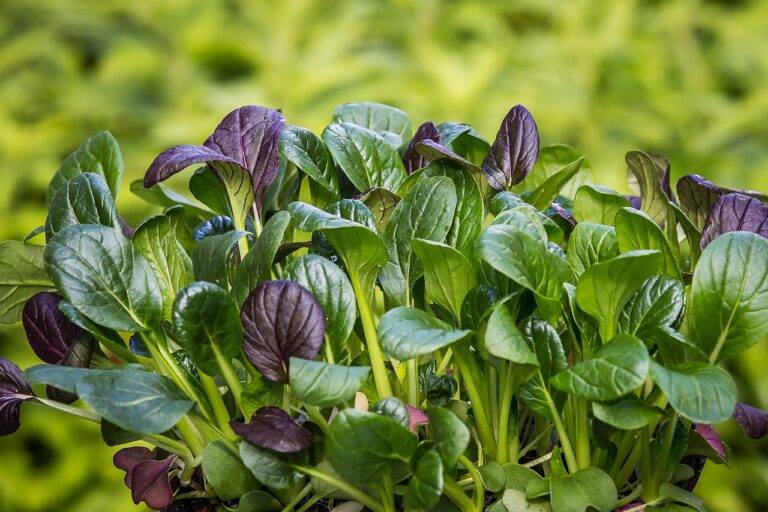The Rise of Artisanal Chocolate Makers: Crafting Bean-to-Bar Delights
Chocolate has a rich and fascinating history that dates back centuries. Believed to have been first consumed by the ancient Mesoamerican civilizations, such as the Olmecs and Mayans, chocolate was originally in the form of a bitter drink made from cacao beans. These civilizations highly valued cacao beans, using them as currency and even in ceremonial rituals.
As time progressed, chocolate evolved to become a favorite indulgence among European nobility. It wasn’t until the 19th century that chocolate became more accessible to the general population with the invention of solid chocolate. Today, the history of chocolate making continues to captivate people worldwide, with its roots deeply embedded in ancient traditions and cultures.
The Process of Bean-to-Bar Production
Bean-to-bar production begins with the sourcing of quality cacao beans from different regions around the world. These beans are carefully selected based on specific flavor profiles and characteristics that the chocolate maker is aiming to achieve. Once the cacao beans are acquired, they undergo a thorough sorting and roasting process to bring out their distinct flavors and aromas.
Following roasting, the cacao beans are cracked and winnowed to separate the nibs from the husks. The extracted nibs are then ground into a smooth cacao liquor through a refining process. This liquor serves as the base for the chocolate and is combined with other ingredients like sugar, milk powder, and cocoa butter to create the final chocolate product.
What is the history behind chocolate making?
Chocolate has been consumed for thousands of years, with evidence of its use dating back to ancient Mesoamerican civilizations such as the Aztecs and Mayans.
What is bean-to-bar production?
Bean-to-bar production is a process in which chocolate makers control every step of the chocolate making process, from sourcing cocoa beans to producing the final chocolate bar.
Why is bean-to-bar production considered superior to other methods?
Bean-to-bar production allows chocolate makers to have complete control over the quality and flavor of their chocolate, resulting in a more premium product.
What are the main steps involved in bean-to-bar production?
The main steps in bean-to-bar production include sourcing high-quality cocoa beans, roasting and grinding the beans, conching the chocolate mixture, tempering the chocolate, and molding it into bars.
How does bean-to-bar production benefit cocoa farmers?
Bean-to-bar production often involves direct trade relationships with cocoa farmers, ensuring that farmers receive fair prices for their beans and promoting sustainable farming practices.
Are there any ethical considerations to keep in mind when purchasing bean-to-bar chocolate?
Yes, consumers should look for bean-to-bar chocolate brands that prioritize ethical sourcing practices, such as supporting fair trade certification or implementing sustainable farming initiatives.
Can bean-to-bar chocolate be considered a more sustainable option compared to mass-produced chocolate?
Yes, bean-to-bar chocolate is often produced on a smaller scale and with more attention to sustainable practices, making it a more environmentally friendly choice for consumers.





